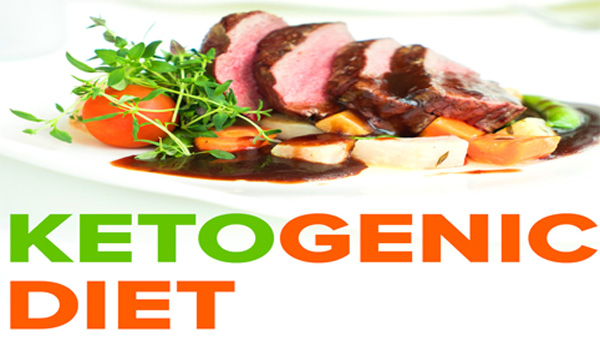In today’s world, where obesity rates are on the rise, finding an effective and sustainable weight loss solution is more important than ever. The ketogenic diet, or keto diet for short, has emerged as a popular choice for individuals seeking to shed excess pounds while improving their overall health. In this article, we will explore the fundamentals of the keto diet, its benefits, and how you can successfully incorporate it into your lifestyle.
Understanding the Keto Diet
The keto diet is a low-carbohydrate, high-fat dietary approach that focuses on shifting your body’s primary fuel source from carbohydrates to fats. By drastically reducing carbohydrate intake and increasing fat consumption, the body enters a state of ketosis. During ketosis, the liver produces ketones from fat, which become the main source of energy for the body and brain.
Benefits of the Keto Diet
2.1 Weight Loss: One of the primary reasons why people turn to the keto diet is its ability to promote weight loss. By limiting carbohydrates, the body starts burning stored fat for fuel, leading to a significant reduction in weight and body fat.
2.2 Improved Insulin Sensitivity: The keto diet can enhance insulin sensitivity, making it beneficial for individuals with insulin resistance or type 2 diabetes. By reducing carbohydrate intake, blood sugar levels stabilize, and insulin levels decrease.
2.3 Increased Energy and Mental Clarity: Many individuals report experiencing improved energy levels and mental clarity on the keto diet. When in ketosis, the brain utilizes ketones for fuel, resulting in enhanced cognitive function and increased productivity.
2.4 Appetite Control: High-fat foods can help you feel fuller for longer, reducing cravings and the urge to overeat. The keto diet’s satiating effect can contribute to better appetite control and adherence to the diet.
Implementing the Keto Diet
3.1 Macronutrient Ratios: To achieve ketosis, it’s essential to establish the right macronutrient ratios. Typically, a standard keto diet consists of approximately 70-75% fat, 20-25% protein, and 5-10% carbohydrates. However, these ratios can be adjusted based on individual needs and goals.
3.2 Food Choices: Healthy fat sources such as avocados, nuts, seeds, olive oil, and fatty fish should be prioritized. Quality proteins like poultry, beef, and eggs are also essential. Low-carbohydrate vegetables, such as leafy greens and cruciferous vegetables, should be included to provide essential nutrients and fiber.
3.3 Meal Planning: Planning and preparing meals in advance can greatly contribute to the success of the keto diet. This approach helps you stay on track, ensures you have suitable options readily available, and minimizes the risk of resorting to unhealthy choices.
Potential Challenges and Tips for Success
4.1 Keto Flu: As the body adapts to using fat as its primary fuel source, some individuals may experience flu-like symptoms known as the keto flu. Drinking plenty of water, replenishing electrolytes, and gradually reducing carbohydrate intake can help alleviate these symptoms.
4.2 Social Situations and Eating Out: Navigating social gatherings and restaurants while following the keto diet can be challenging. However, with proper planning and communication, it’s possible to make suitable choices and enjoy social interactions without derailing your progress.
4.3 Sustainability and Long-Term Approach: To make the keto diet a sustainable lifestyle choice, it’s important to focus on whole, nutrient-dense foods and maintain a balanced approach. Regularly monitoring your progress, seeking support from others, and incorporating variety in your meals can help you stay motivated and committed.

